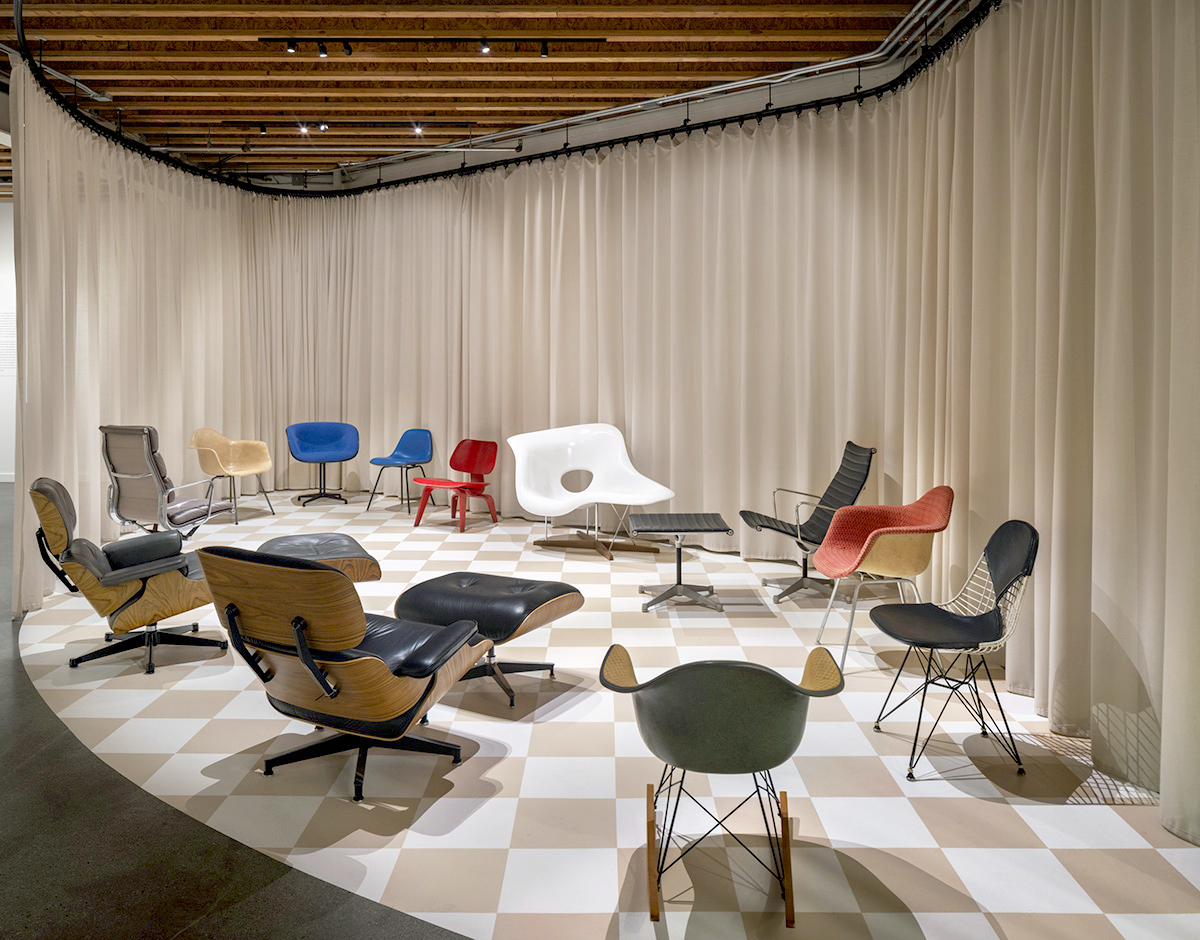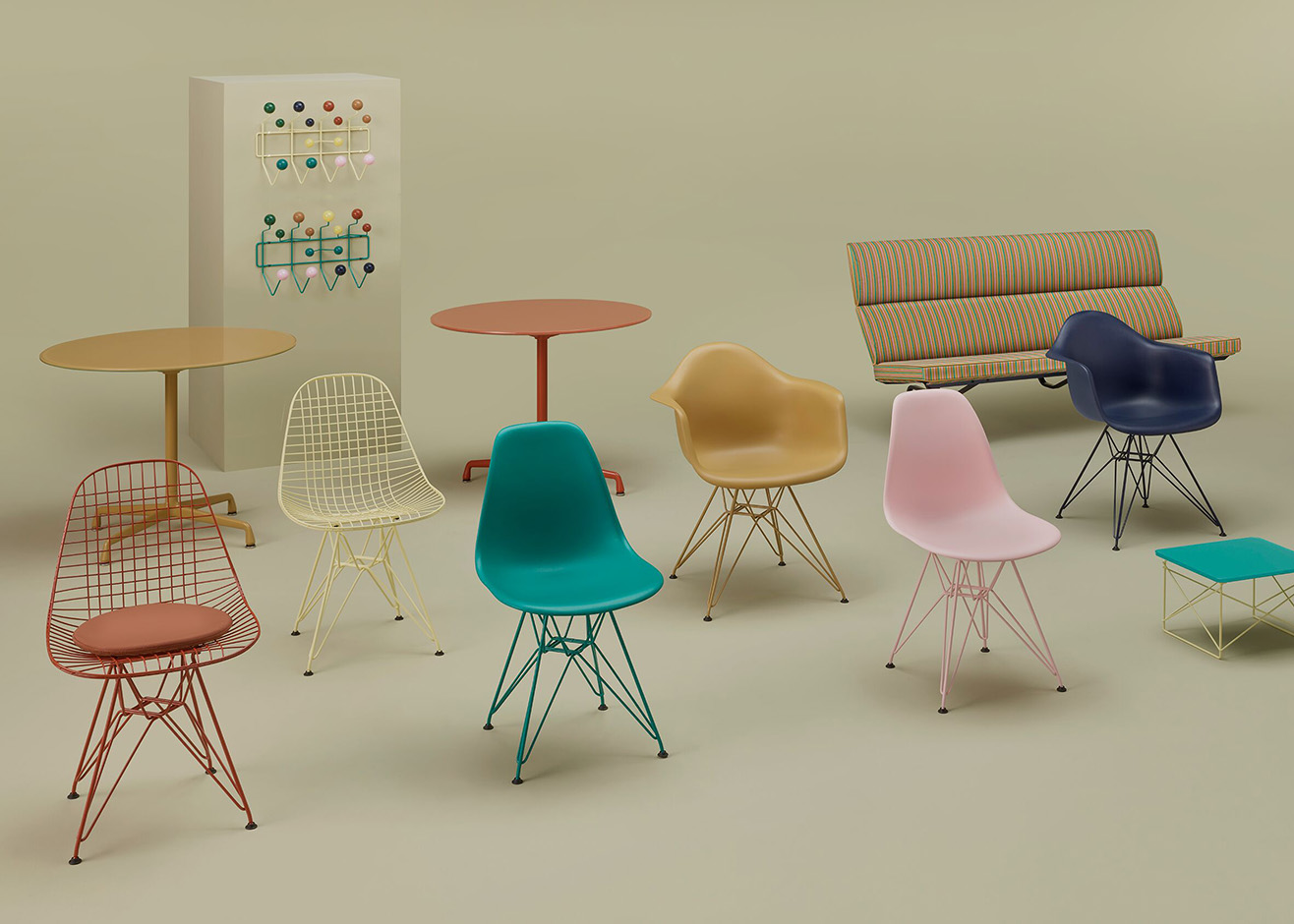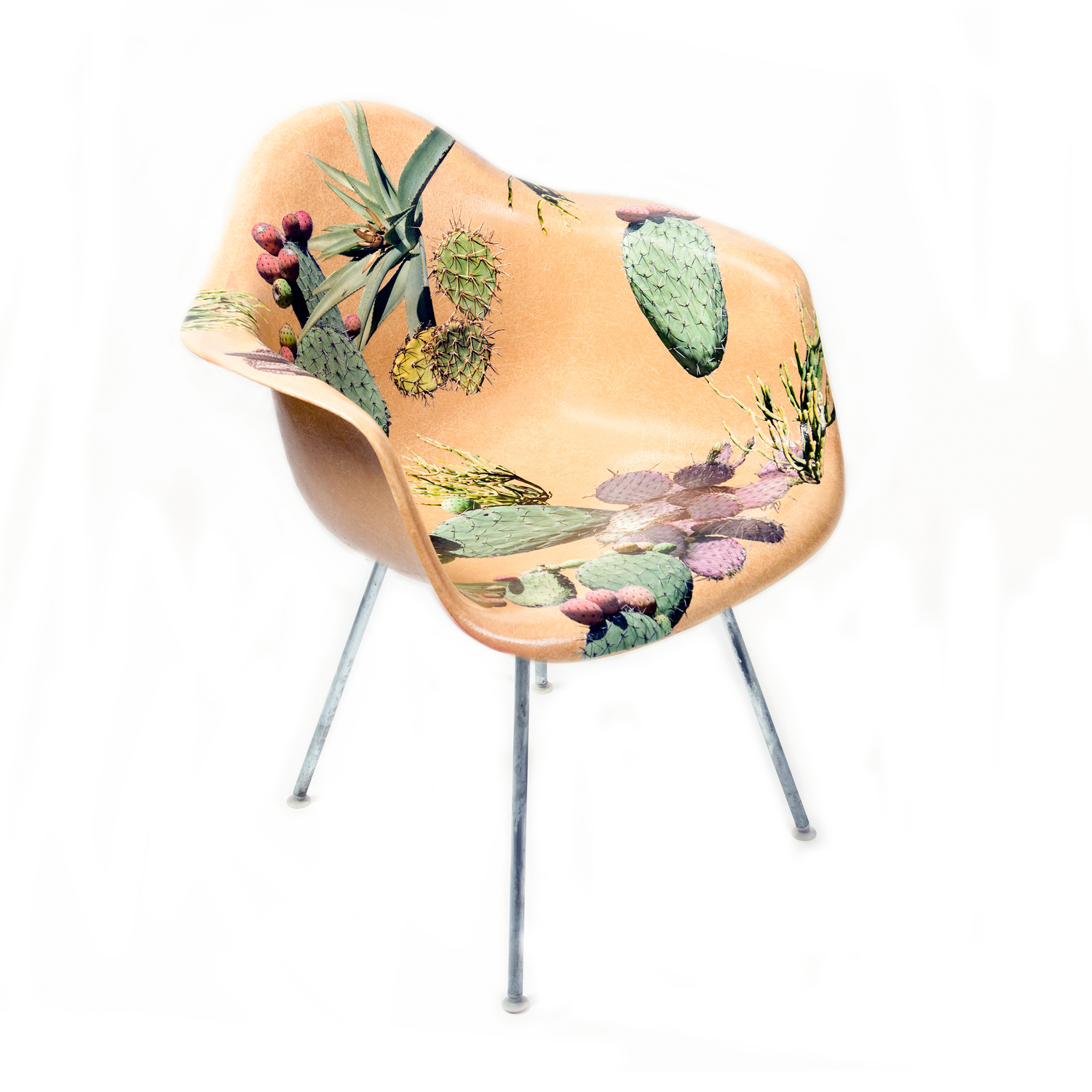
02.07.24
Sighted
At the New Permanent Eames Archive in California, You Can Deep-Dive Into the Design Process of Charles and Ray Through 40,000 Artifacts
From the moment that Charles Eames, formerly an architect and teacher, and Ray Eames, formerly a fine artist, began a shared design practice in 1941, they cultivated an unusually meticulous creative process: in lieu of drawings and schematics, they worked out ideas and solved problems in real-time by creating endless physical models and prototypes. It's no wonder, then, that until the Eames Office closed after Ray's death in 1988, they were able to rack up more than 40,000 artifacts of their design process — and also no wonder that it took the family nearly 25 years to catalog them and finally make them available for public viewing all in one place, at the newly opened Eames Archive in Richmond, California.

